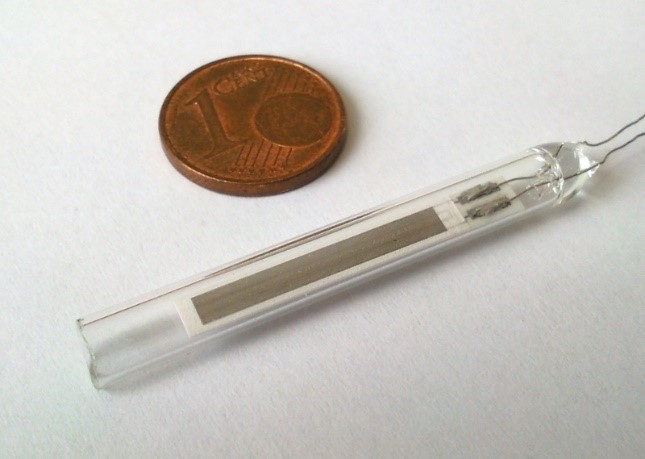Thick film sensor for H2 detection in chlorine
Topic gas sensors
In chlorine production, hydrogen formation poses a severe safety hazard. The explosive reaction to hydrogen chloride is a potential threat to human health, environment and production plants. Therefore, continuous monitoring of the process gas for hydrogen is crucial to ensure production safety. A great challenge for H2 detection in chlorine gas are the corrosive conditions in the measuring environment (80 °C, 100% RH). Commercially available sensor solutions either fall short when it comes to continuous and cost efficient measurement, or show insufficient long term stability in the corrosive gas environment. At Fraunhofer IKTS, a sensor for hydrogen detection in chlorine gas has been developed in cooperation with Henze-Hauck Prozessmesstechnik/Analytik GmbH.
Development results
Based on the pellistor principle, the sensor developed at IKTS shows fast response to H2 concentrations of ≥1 vol%. By using selected ceramic materials, the sensor is suitable for continuous and reliable measurement of the hydrogen content in chlorine gas. Furthermore, the compact design allows for an easy integration into existing process equipment.
Services offered
- Implementation of sensing elements in ceramic thick film technology
- Customization for further target gases and corrosive environments
- Sensor calibration and long term testing
- Supply of sensor prototypes for evaluation purposes

